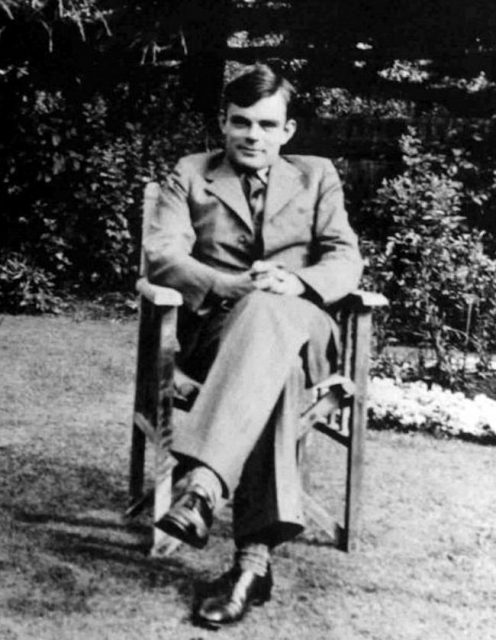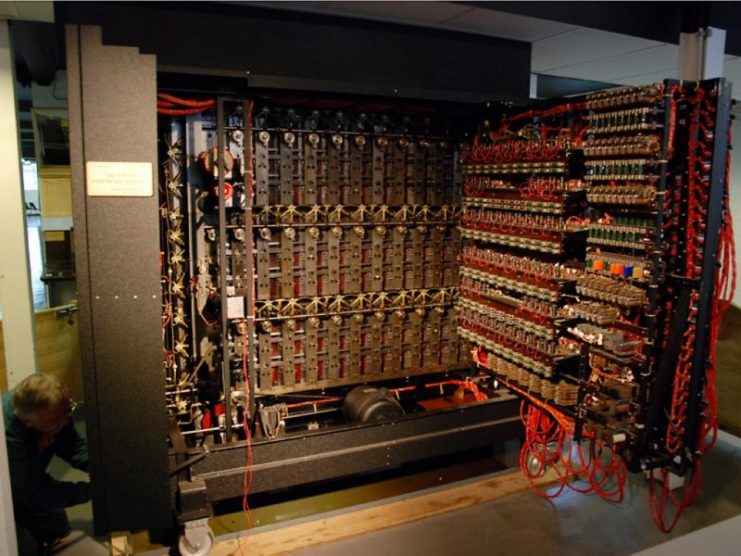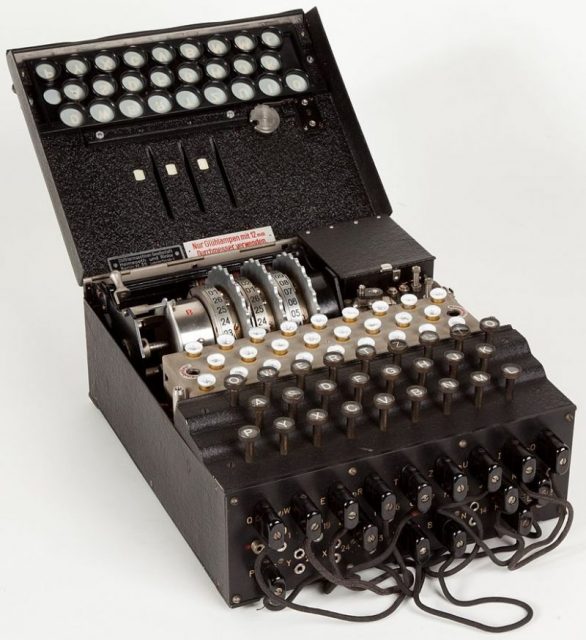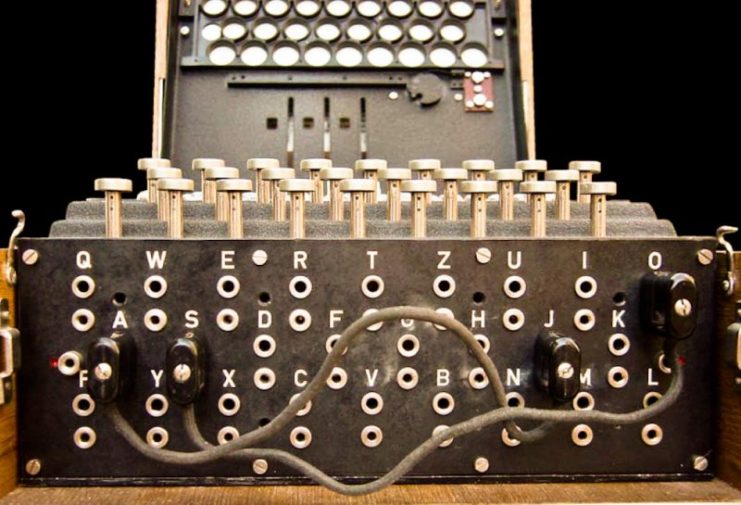It had long been thought that Alan Turing’s innovative code-breaking machines were destroyed after the end of WWII. Recently, however, documents have been discovered showing that 50 Bombes and 20 Enigma machines were squirreled away in case they were needed again.
The documents from Britain’s GCHQ show that the machines were not destroyed until 1959 when the rise of electronic computers made the older technology obsolete.
Turing developed the code-breaking machines to crack the Axis powers coded messages, especially the Enigma code the Nazis believed was unbreakable.
Allied leaders obtained vital information about German troops, thanks to the work of Turing and his team of mathematicians.
Historians believed that the machines were all destroyed at the war’s conclusion, but these documents show the devices were kept “against a rainy day” – in case the need arose to crack enemy codes again.

Turing is considered the father of modern computer science, including artificial intelligence. According to historians, the war was shortened by up to two years due to the efforts of Turing’s team at Bletchley Park in Buckinghamshire, England.
The work of Turing prepared the way for the computers we use today, which is why Time magazine named him one of the 100 most important people in the 20th century.
Benedict Cumberbatch portrayed the mathematician in the 2014 film, “The Imitation Game.” The movie chronicled Turing’s life from his schoolboy days until he died in 1952.

Turing killed himself at the age of 41 by ingesting cyanide after he was convicted of gross indecency for being involved in homosexual acts. He accepted being chemically castrated as part of his sentence but fell into a depression afterward.
In 2013, the Queen granted him a posthumous pardon.
The team from Bletchley Park is mainly responsible for the success of the Allies in WWII. They provided critical information about German troop movements which they obtained by cracking the codes encrypting their messages.
Winston Churchill called them the “geese that laid the golden eggs and never cackled.”

The work of the team is credited with playing a large part in the defeat of Germany’s U-boats in the six-year Battle of the Atlantic. They also helped in the victories of the British navy in the Battle of Cape Matapan and the Battle of North Cape off the coast of Norway.
The code-breakers were so successful that the Allies knew the exact location of 58 out of 60 German divisions on the Western Front. They also had an abundance of information about Rommel’s troops in North Africa. Due to the intelligence gathered in Bletchley Park, General Bernard Montgomery was able to push Rommel back in 1942.
An enormous part of the success of Turing’s team was due to the sloppy work on the part of German operators who did not encrypt all of their messages correctly.

Bletchley Park first became the home of the code-breakers in August of 1938. They arrived at the mansion pretending to be just enjoying a weekend together in the country. All the team members, though, were M16 operatives and members of the Government Code and Cypher School (GC&CS). By September of 1939, the team was hard at work deciphering German messages with a staff of 150 people. Large prefabricated huts were set up on the lawn of the mansion to accommodate the ever-growing number of people helping with the code-breaking effort.
In January of 1940, they successfully broke the German code referred to as “the Green” key. They were then able to crack the “Red” key shortly after. They also managed to break the codes used by the Italians and Japanese.
